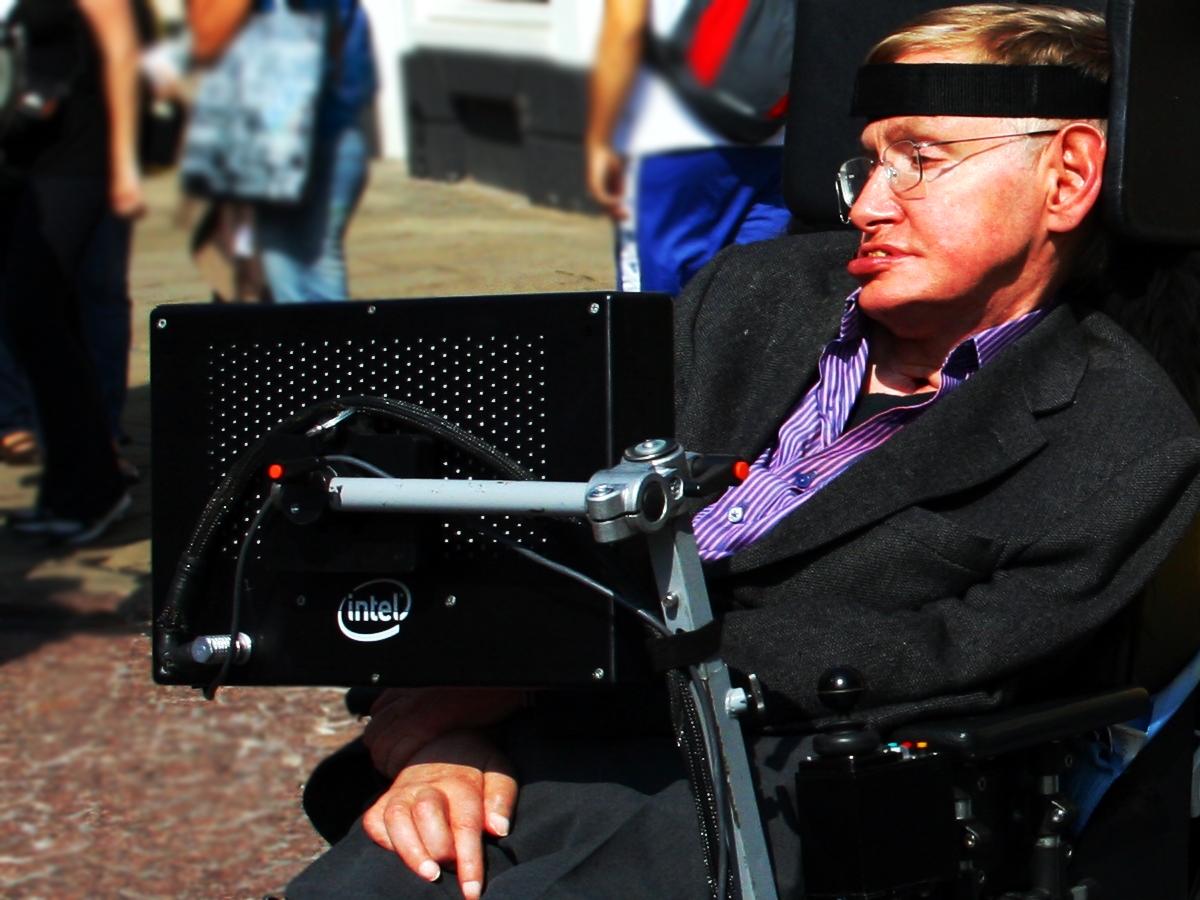Technology company Intel has developed a new communications platform for Professor Stephen Hawking, replacing one that was decades-old.
By studying the acute needs of Professor Hawking, and the very specific relationship with his voice technology, Intel has delivered a tailored solution to improve his communication with the world.
According to Intel, ACAT (Assistive Context Aware Toolkit) has the potential to become the backbone of a modern, customisable system that other researchers and technologists can use to benefit those who have motor neuron diseases (MND) and quadriplegia.
Professor Hawking has an MND related to amyotrophic lateral sclerosis (ALS), a condition that has progressed over the years. He is almost entirely paralysed and communicates through technology.
“Medicine has not been able to cure me, so I rely on technology to help me communicate and live,” he said. “Intel has been supporting me for almost 20 years, allowing me to do what I love every day.
“The development of this system has the potential to improve the lives of disabled people around the world and is leading the way in terms of human interaction and the ability to overcome communication boundaries that once stood in the way.”
A multidisciplinary team of researchers from Intel Labs has been working for three years with Professor Hawking to replace his current communications system with modern technology.
Professor Hawking was instrumental in the design process, providing ongoing feedback to help Intel improve the system with every iteration.
Intel Labs managing director Wen-Hann Wang said: “Professor Hawking uniquely used technology to master communicating with the world for decades, but his old system could be likened to trying to use today’s modern apps and websites with a computer without a keyboard or mouse.
“Together we’ve delivered a holistically better communication experience that contributes to his continued independence and can help open the door to increased independence for others.”
>See also: Intel and Cloudera: a big boost for big data?
Similar to the parts of an engine interacting smoothly to run a car, the Intel-created software user interface enables existing and new technologies to efficiently work with each other.
As a result, Professor Hawking’s typing speed is now twice as fast, and there is tenfold improvement in common tasks, such as easier, more accurate and faster browsing, editing, emails and documents.
His existing cheek sensor is detected by an infrared switch mounted to his glasses and helps him select a character on the computer. Integrating software from British language technology company SwiftKey has greatly improved the system’s ability to learn from Hawking to predict his next characters and words so he only has to type less than 20% of all characters.
This information is sent to his existing speech synthesiser so he can communicate to others through his Lenovo laptop running Microsoft Windows.
For example, to conduct a Web search, Professor Hawking previously had to take arduous routes, such as exiting from his communication window, navigating a mouse to run the browser, navigating the mouse again to the search bar, and finally typing the search text. The new system automates all of these steps for a seamless and swift process.
Quadriplegia and MND affect over 3 million people worldwide. MND impacts voluntary muscle activities, like speaking, walking, swallowing and general movement of the body. Progressive in nature, it causes increasing disability and eventually death.
Lama Nachman of Intel Labs joined Hawking onstage in London to outline how their work together can inspire the research community. “Technology for the disabled is often a proving ground for the technology of the future,” she said. “From communications to genetic research, technology is beginning to open doors to possibilities that can only be imagined.”
The new toolkit created by Intel can be customised and changed to suit different users. The system is a modern software interface for researchers and technologists to create customised solutions enabled by touch, eye blinks, eyebrow movements or other user inputs for communication.
With the platform being accessible and free, Intel and Hawking envision that research and technology communities – such as those focused on sensing, text prediction, context awareness and user interface design – will build upon and bring new and improved solutions to market.










